If you have a garden, you know the joy of harvesting your own vegetables. One of the staples in many gardens is the ever-popular tomato. But what happens when the season ends? One solution is to save tomato seeds for the next planting cycle. This age-old method for saving not only cuts down costs but also allows you to preserve your favorite tomato seed varieties.
Traditionally, the most common way to do this involves a process known as fermentation. However, fermenting isn’t the only game in town, there are alternative methods available. One such method is the Paper Towel Method, where you place the seeds between wet paper towels and allow them to dry naturally. Another is the Direct Drying Method, where seeds are spread on a paper towel or plate and left to air dry. Each method has its pros and cons, so choose based on your gardening needs.
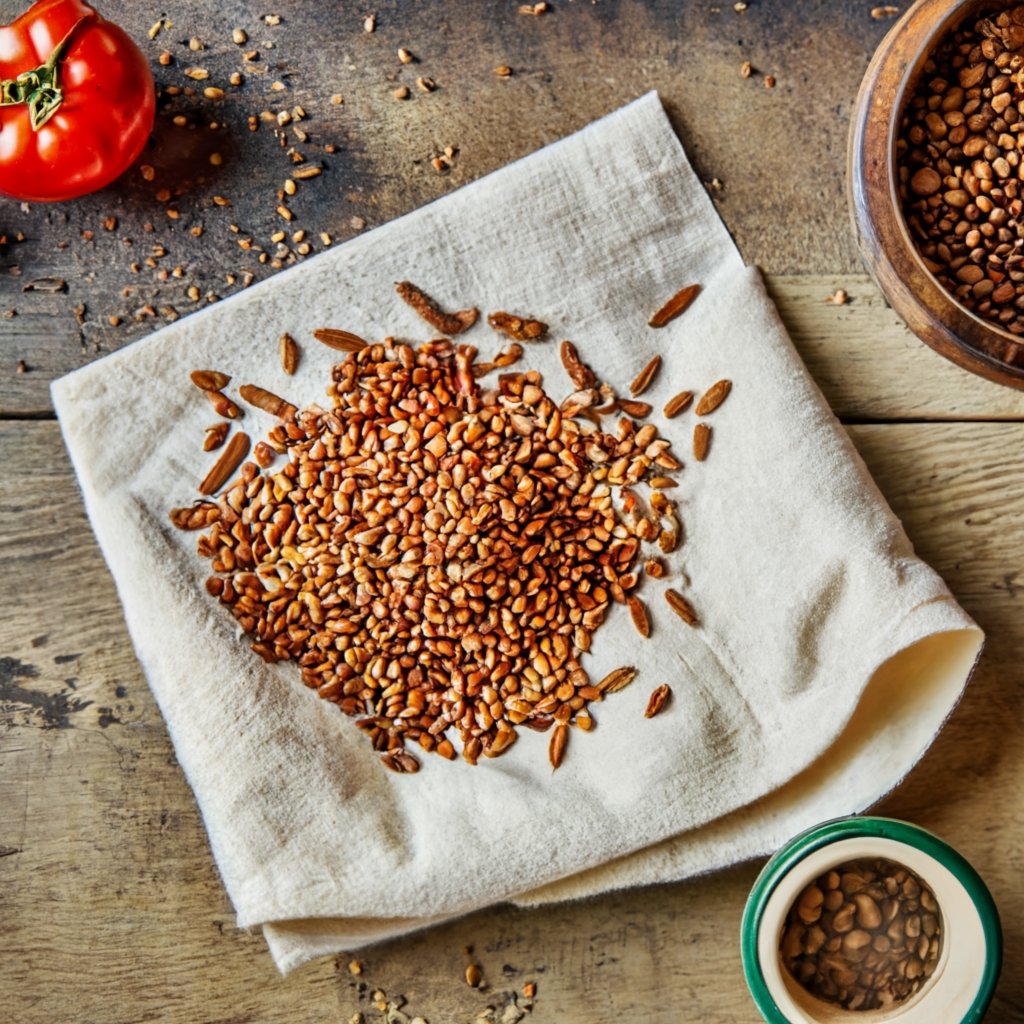
- The Importance of Saving Tomato Seeds in Your Vegetable Garden
- The Traditional Method for Saving Tomato Seeds: Fermentation
- Why Do Gardeners Ferment Tomato Seeds?
- The Science Behind Fermenting Tomato Seeds
- Alternatives to Fermentation: Other Ways to Save Tomato Seeds
- Do You Really Need to Ferment Hybrid Tomato Seeds?
- A Comprehensive Method for Saving Tomato Seeds for Your Garden
- Conclusion
- Additional Resources
The Importance of Saving Tomato Seeds in Your Vegetable Garden
If you’re an avid gardener, you’ve likely experienced the satisfaction of plucking a ripe tomato straight from your vegetable garden. But have you considered taking your gardening game to the next level? We’re talking about the practice of saving tomato seeds. This isn’t just an old-fashioned ritual; it’s a strategy packed with benefits. Here are some reasons you should get on board:
- Cost-Effectiveness: Buying new tomato seed packets every year can add up. Save seed, and your wallet will thank you.
- Preservation of Heirlooms: Got a favorite tomato variety? Save tomato seeds from year to year to ensure it graces your garden for seasons to come.
- Enhanced Sustainability: When you save seed, you’re reducing the need for commercial seed production—a win for Mother Earth!
- Personalization: The tomato seed varieties you save can be tailored to your taste preferences and regional growing conditions.
Why Every Gardener Should Consider Seed Saving
If you’re still on the fence, consider this: seed saving isn’t just for the seasoned pros. Anyone with a garden can do it, and it’s especially advantageous for those cultivating their own vegetable garden. It’s a practice that fosters sustainability, encourages biodiversity, and, best of all, it’s easier than you might think!
Quick Tip: Start by saving seeds from your best-performing plants. This way, you’re more likely to achieve a successful harvest in the subsequent season.
In a nutshell, saving tomato seeds is a rewarding practice that offers both economic and environmental benefits. It’s time to stop relegating this age-old method for saving to the history books and start incorporating it into your modern gardening routine.
The Traditional Method for Saving Tomato Seeds: Fermentation
When it comes to saving tomato seeds, one method has stood the test of time: fermentation. You might be wondering, “Why ferment tomato seeds at all?” The answer lies in the effectiveness of this ancient technique. Fermentation does more than just preserve the tomato seed; it also eliminates diseases and separates the good seeds from the bad.
Here’s the kicker: it’s not as complicated as it sounds. Sure, the word “fermentation” might evoke images of complex chemistry, but the process is actually pretty straightforward.
Steps to Ferment Tomato Seeds
Ready to give it a try? Follow these easy steps:
- Harvest Ripe Tomatoes: Choose ripe tomatoes from healthy plants.
- Extract Seeds: Cut the tomato and squeeze out the seeds and pulp into a container.
- Let it Sit: Cover the container loosely and let it sit for 3-5 days. During this time, fermentation will occur.
- Check for Mold: A layer of mold is a good sign! It means the fermentation process is underway.
- Separate and Rinse: After fermentation is complete, you’ll notice the seeds will have sunk to the bottom. Carefully ferment the seeds by skimming off the mold and any floating seeds.
- Rinse and Dry: Rinse the remaining seeds to remove any remaining tomato liquid and pulp. Spread them out to dry.
Pro Tip: The fermentation process not only helps in seed preservation but also improves germination rates!
By following these steps, you’re utilizing a proven method for saving tomato seeds by fermenting them. It’s a process that might seem a bit old-school but has significant advantages when it comes to seed quality and longevity.
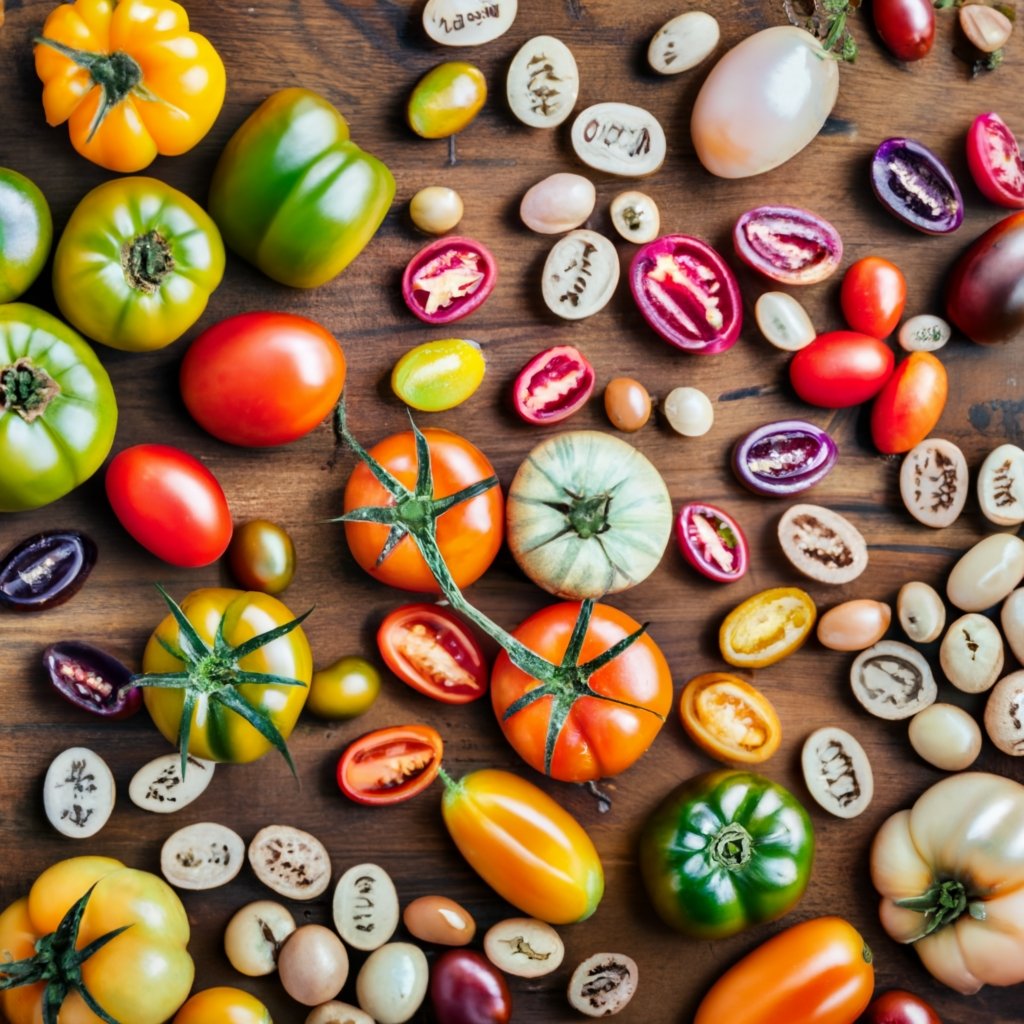
Why Do Gardeners Ferment Tomato Seeds?
So you’ve heard about fermenting tomato seeds, but you’re scratching your head wondering, “Why is this necessary?” Well, it turns out that fermenting tomato seeds isn’t just a quirky gardening ritual; it serves some pretty essential functions.
The Whys of Fermentation
- Disease Elimination: One of the main reasons gardeners ferment tomato seeds is to eliminate potential diseases. A good fermenting process can kill off bacteria and harmful pathogens.
- High-Quality Seeds: Fermentation allows you to separate the good seeds from the bad. The viable seeds sink, making it easier to pick the best of the lot.
- Improved Germination: Believe it or not, fermented seeds often have higher germination rates compared to their non-fermented counterparts.
- Natural Process: It’s a chemical-free way to ensure you get healthy seeds. So if you need to ferment, you’re actually doing your garden a favor.
Did You Know?: The need to ferment seeds isn’t unique to tomatoes. Many other types of seeds also benefit from fermentation.
While fermentation might seem like an extra step, it’s a step that comes with benefits. It’s the reason why many gardeners believe that seeds need to ferment for the best results.
So the next time you’re wondering whether or not to ferment, remember that this age-old practice has stood the test of time for good reasons.
The Science Behind Fermenting Tomato Seeds
Ever wondered what’s actually happening at the microscopic level when you ferment tomato seeds? While the process might seem like magic, there’s real science at play. Let’s break it down without getting lost in technical jargon.
The Nitty-Gritty of Fermentation
- Natural Decomposition: At its core, fermentation is a form of controlled decay. Beneficial microbes break down the organic material surrounding the seed.
- Seed Encasement: The seed is enclosed in a gel-like substance that contains growth inhibitors. Fermentation helps to break this down.
- Microbial Action: The presence of good bacteria during fermentation helps to fend off harmful pathogens, ensuring that you’re left with healthy seeds.
- Chemical Changes: Fermenting seeds results in slight changes in pH levels, further contributing to the elimination of bad bacteria.
Science Snippet: Fermentation is an anaerobic process, meaning it occurs in the absence of oxygen. This is why covering the container loosely during fermentation is crucial.
Why It Works
The brilliance of fermenting tomato seeds lies in the natural processes that occur. These processes are geared towards ensuring that the seed is in optimal condition for germination.
Quick Fact: The same principles of fermentation are used in making products like yogurt and sauerkraut!
So there you have it. The science behind fermenting tomato seeds is not only fascinating but also incredibly practical. It’s a method that harnesses natural processes to produce superior seeds.
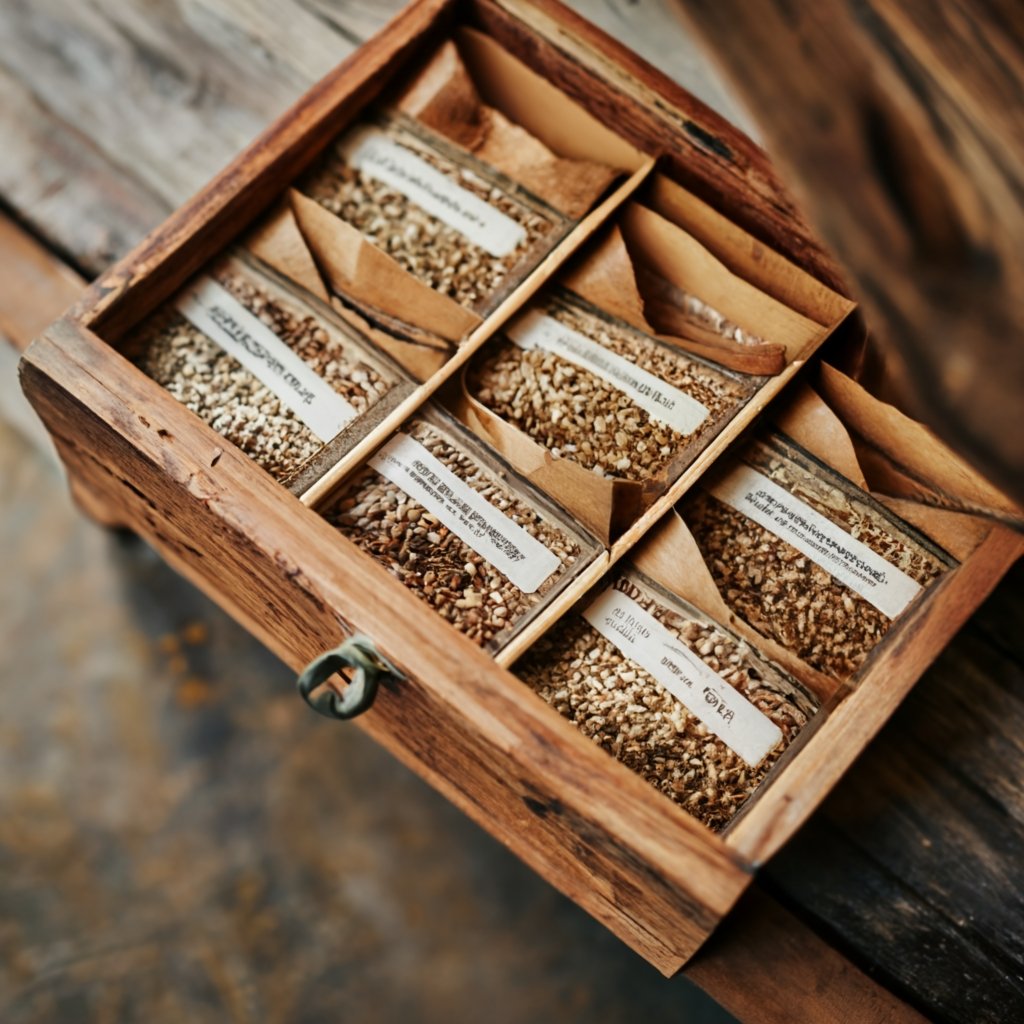
Alternatives to Fermentation: Other Ways to Save Tomato Seeds
While fermentation is a tried-and-true method for saving tomato seeds, it’s not the only option. In fact, there are simpler and quicker ways to preserve your prized tomato seeds for the next planting season. Let’s explore some alternative ways to save tomato seeds.
The Paper Towel Method
If the idea of fermentation makes you squirm, the paper towel method might be your go-to. It’s a straightforward way to save tomato seeds without fermentation. Here’s how to do it:
- Extract Seeds: Remove seeds from a ripe tomato.
- Place on Towel: Lay the seeds out on a paper towel.
- Let Them Dry: Allow the seeds to air-dry for about a week.
- Store: Once dry, you can store the seeds on paper towels in a cool, dry place.
Note: This method is less effective in eliminating diseases but is quicker and easier for small-scale gardeners.
The Direct Drying Method
Another simple yet effective method for saving tomato seeds is direct drying. Unlike the paper towel method, this one requires no intermediary steps. Here’s how:
- Harvest Seeds: Collect seeds from your favorite tomato variety.
- Rinse: Wash the seeds to remove pulp and residue.
- Dry: Place the seeds on a flat surface and allow them to dry.
- Store: Once drying seeds are complete, store them in a sealed container.
Pro Tip: Direct drying is best suited for seeds that you plan to plant the following season. It may not preserve seeds for extended periods.
Do You Really Need to Ferment Hybrid Tomato Seeds?
The question of whether to ferment seeds often leads to another query: “Does it matter if the seeds are hybrid?” If you’re dealing with hybrid tomato seeds, you might wonder if they need to ferment. The answer can be a bit nuanced.
Hybrid vs. Heirloom: What’s the Difference?
Before we answer the fermentation question, let’s clarify the difference between hybrid tomato and heirloom tomato varieties:
- Heirloom Tomato: These are old varieties passed down through generations. Heirloom seeds are generally more stable and have unique characteristics.
- Hybrid Tomato: These are the result of controlled cross-pollination between two different varieties. Hybrid seeds can be less predictable in their characteristics.
Quick Fact: While heirloom seeds are often saved for their unique traits, hybrid seeds may not produce plants with the same characteristics as the parent plant.
Now, back to the main question: Do hybrid tomato seeds need to ferment? The short answer is, it’s up to you. Fermentation can offer benefits like disease elimination and improved germination rates for both hybrid and heirloom seeds. However, since hybrid seeds are often disease-resistant to begin with, the need to ferment may be less pressing.
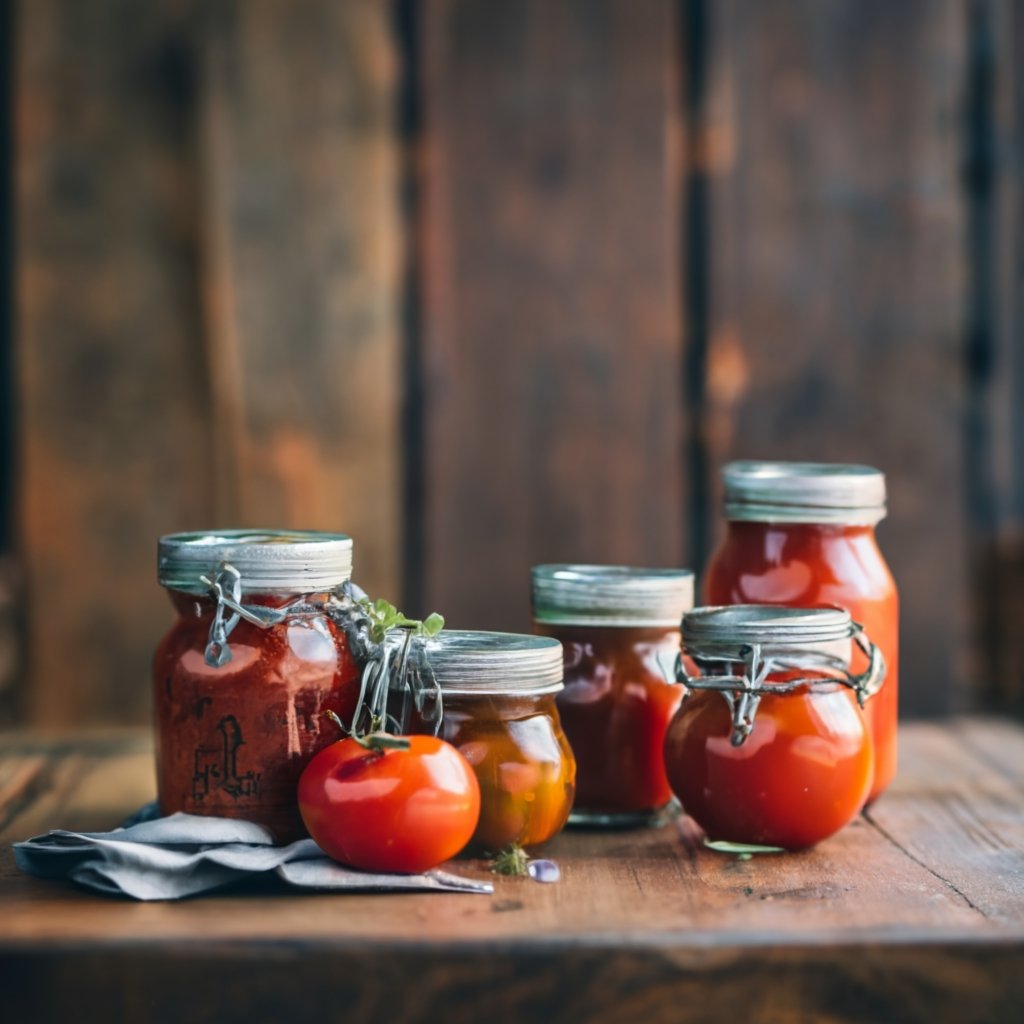
Tip: If you’re experimenting with hybrid seeds, try fermenting a batch and saving another without fermentation. This will give you a better understanding of what works best for your specific needs.
A Comprehensive Method for Saving Tomato Seeds for Your Garden
By now, you’re armed with an arsenal of techniques to save tomato seeds. From fermentation to paper towels, each method for saving tomato seeds has its own set of advantages and disadvantages. Let’s summarize them to help you choose the best approach for your garden.
Pros and Cons of Each Method
- Fermentation
- Pros: Eliminates diseases, increases germination rates.
- Cons: Takes time, can be messy.
- Paper Towel Method
- Pros: Quick, simple, great for small-scale gardeners.
- Cons: Less effective against diseases, seeds can stick to the paper.
- Direct Drying
- Pros: Fastest method, no need for intermediary steps.
- Cons: Not suitable for long-term storage.
- Hybrid Seeds
- Pros: Often disease-resistant, no urgent need to ferment.
- Cons: May not produce plants with the same traits as the parent.
Pro Tip: Experimenting with a mix of these methods for saving tomato seeds can offer you valuable insights into what works best in your garden.
Storing Your Seeds for Future Use
Whether you save tomato seeds without fermenting or opt for the traditional route, proper storage is crucial. Here’s how to store the seeds for future use:
- Seal Them: Use airtight containers or sealable plastic bags.
- Label: Always label your containers with the tomato seed variety and the date.
- Place in Cool, Dry Location: Keep them in a cool, dry place away from direct sunlight.
Did You Know?: Properly stored seeds can be viable for several years, allowing you to enjoy your favorite seeds every year.
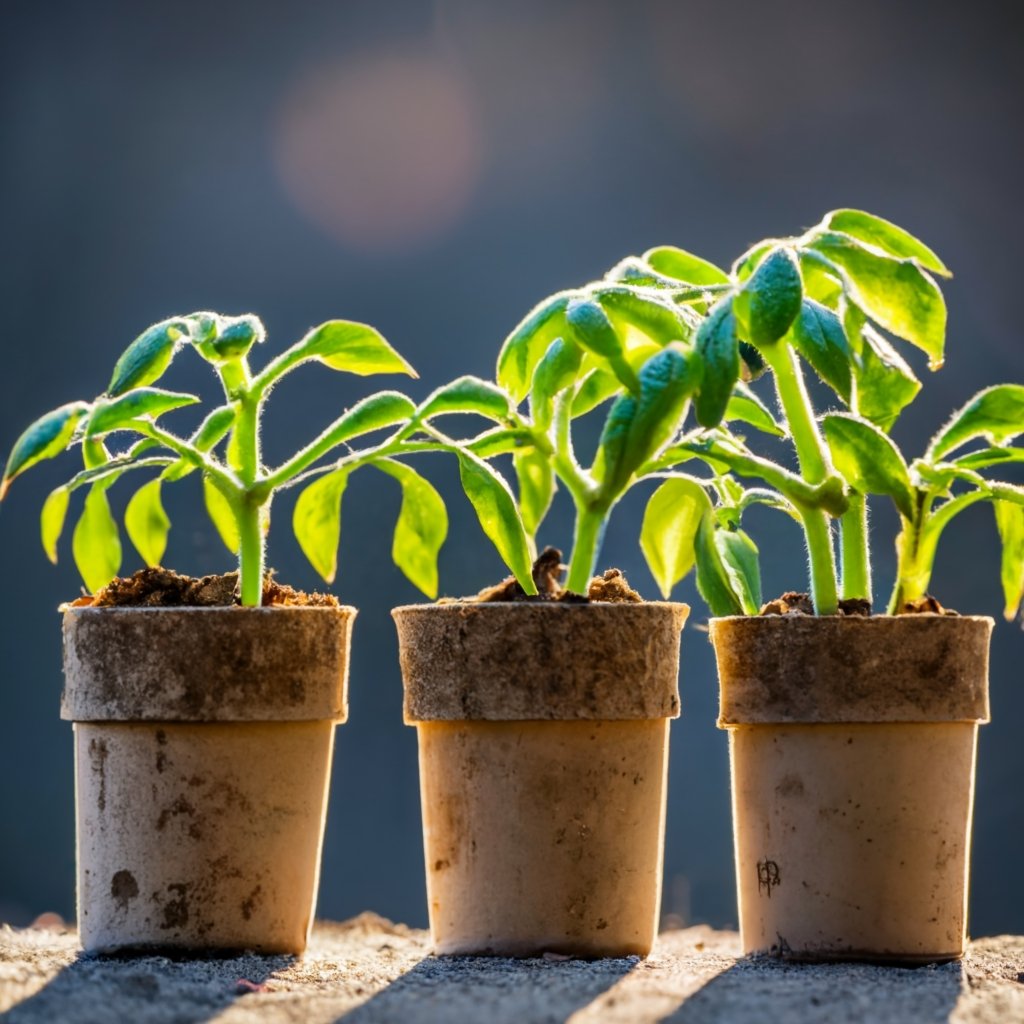
Conclusion
We’ve journeyed through the different avenues of saving tomato seeds, shedding light on both traditional and alternative methods. Whether you choose to ferment your seeds or opt for a quicker route like paper towels or direct drying, the main goal is to preserve your favorite tomato seed varieties for your garden.
Final Thought: Your choice of method will depend on your specific needs, including the scale of your garden and the varieties of tomatoes you grow.
If you’re new to the world of seed saving, don’t hesitate to experiment. After all, gardening is as much about learning as it is about growing. So go ahead, get your hands dirty, and unlock the full potential of your tomato harvest for years to come!
Additional Resources
Other Websites
Saving Tomato Seeds – UC ANR: This PDF guide from the University of California provides detailed instructions on how to save tomato seeds through fermentation. It also includes information on how to choose the best tomatoes for seed saving and how to store the seeds properly.
Saving Tomato Seeds – Southern Exposure Seed Exchange: This illustrated guide provides step-by-step instructions on how to save tomato seeds through fermentation. It also includes tips on how to choose the best tomatoes for seed saving and how to store the seeds properly.
How to Save Tomato Seeds – Joe Gardener: This video guide provides a comprehensive overview of how to save tomato seeds through fermentation. It includes tips on how to choose the best tomatoes for seed saving, how to ferment the seeds, and how to store the seeds properly. It also includes a demonstration of the seed-saving process.
